This Week on Drone50: House Bill 41 and Its Impact on Public Safety
Welcome back to the latest update in public safety on Drone 5-0 Discussions. Today, we’re diving into a “let’s fix a problem that might not even exist” moment. In the next five minutes, I’ll break down House Bill 41, explain how it hurts Texans, and share what you can do about it. For those outside Texas, this applies to you too—similar legislation is being pushed nationwide. Stick around to learn how you can help stop this. If this content makes legislative chaos less migraine-inducing, please like, subscribe, and comment. These videos take hours to research, shoot, and edit—all so you don’t have to. Your support helps us reach more people who care about keeping Texans safe.
House Bill 41: A Misguided Drone Ban
House Bill 41 is a proposed drone ban that lawmakers claim protects Texas from foreign technology. In reality, it risks removing a critical tool First Responders rely on daily. Earlier this month, public safety professionals from Texas and beyond testified against the bill at the Homeland Security Committee hearing in Austin.
The room was packed—with Firefighters, law enforcement, and Search and Rescue professionals. Notably, not a single public safety pilot who flies drones in real emergencies supported HB41. The bill’s backers? Two private entities, AUVSI and State Armor. Nothing says public safety like ignoring the public safety community and taking orders from private groups with no experience in crisis response or public safety missions.
The Real Risks of HB41
House Bill 41 doesn’t protect Texans—it puts them at risk. Slower response times, greater danger, and more lives on the line. This isn’t just about Police; it affects firefighters, game wardens, emergency managers, water departments, and public works—every agency using drones to protect and serve. The consequences are real. AUVSI, an advocacy group that overlooked public safety, and State Armor push policies with little understanding of how drones are used or what’s at stake.
As my friend Kyle Nordpers said, “We have to do better, and it starts with having conversations with the end users.” While lawmakers claimed openness to working with public safety, they passed the bill out of committee anyway. Their concessions? A three-month delay in the acquisition cutoff and a one-year extension to the “never use it again” deadline. These changes barely address public safety concerns, and the threat to communities grows.
Debunking the Cybersecurity Myth
Supporters of the ban cite an old Department of Homeland Security memo warning that Chinese drones could pose a threat. However, multiple independent cybersecurity audits have found no data leaks from platforms commonly used by public safety. I’ll link these audits in the description for you to Review. Most major programs in Texas and nationwide use U.S.-owned software on Chinese hardware, similar to iPhones with Foxconn chips sourced from China.
DroneSense, a widely used drone interface platform, meets stringent cybersecurity standards: SOC 2 Type 2, FIPS, and pending FedRAMP compliance. It runs on U.S.-based servers, uses secure applications, and monitors communications in real time. Even the federal government, which issued the memo, grants waivers to fly Chinese-manufactured drones. DJI drones were used at the presidential inauguration, one of the most secure events in U.S. history. Are they a security threat, or did someone forget to tell the feds? You can’t have it both ways.
A Broader Cybersecurity Perspective
Any chip or signal can be compromised—smartphones, body-worn cameras, patrol car systems, cloud storage, laptops, and even U.S.-branded drones. We need cybersecurity standards across the board, not blanket bans. Don’t ban the tool; manage the risk. U.S. drone manufacturers can’t yet produce at scale, yet HB41 would force agencies to scrap functional equipment in five years, wasting millions in taxpayer money. A sunset clause doesn’t fix this—it just sets a crash date, causing budget chaos, frozen purchasing, and public safety programs in limbo.
Taxpayers deserve the truth: approved aircraft cost significantly more, often require mandatory subscriptions, and aren’t yet as capable. Manufacturers admit this. In Texas terms, it’s like trading a reliable ranch truck for a costly, untested prototype that breaks down and can’t haul half a bale of hay. Meanwhile, foreign drones are mostly purchased through U.S.-based resellers, supporting American businesses. This bill hurts local economies and public safety teams, not just China.
Real-World Consequences of Drone Ban
HB41 bans drones used by firefighters mapping wildfires, officers clearing buildings, medics locating missing people, and public works mapping roadways. It impacts everyone more than it hurts China. If your loved one is a victim of a violent crime, lost in a remote area, or missing during a heat wave, do you want first responders using second-best tools to make a political point?
In Corpus Christi, a drone located a person in a medical emergency in dense brush, guiding first responders to save their life. In Cass County, a drone helped locate a suspect in a capital murder case after a 9-year-old’s death. Both tools are banned under HB41. Recently, a “blue” aircraft, soon to be required, crashed due to suspected dual motor failure, landing on a tent. Fortunately, no one was hurt.
A Call for Evidence-Based Policy
Lawmakers should see public safety missions firsthand and talk to pilots before voting. If there’s a real cybersecurity threat, prove it—don’t legislate on a hunch. The National Defense Authorization Act calls for a federal cybersecurity review of Chinese drones this year. At minimum, wait until the next legislative session when we have more facts. Let facts drive conversations, not speculative paranoia.
HB41 is like telling cities to burn their house down because there might be an electrical issue someday. Despite third-party audits finding no data concerns, the bill skips risk mitigation and heads for destruction.
What’s Next and How to Act
HB41 has passed the committee but must clear the House Calendars Committee, which decides if it gets a full House vote. Without their approval, it stalls.
Here’s what you can do
Whether you’re in fire, police, EMS, emergency management, game, public works, parks and rec, or a concerned citizen, speak up. Call and email your state representatives, especially the Calendars Committee (info in the description). A quick email can shape the future of Texas. Visit droneadvocacyalliance.com for action tools, but also contact the Calendars Committee directly. Once this bill gains momentum, it’ll be harder to stop, and the damage may be done.
This isn’t just about drones—it’s about saving lives, equipping public safety with the best tools, and holding lawmakers accountable. HB41 is vendor protectionism, benefiting a few drone manufacturers while harming Texas citizens, taxpayers, and first responders.
Share your thoughts in the comments—do you agree or disagree? Let’s discuss. If this was helpful, like, share, and subscribe for more unfiltered public safety updates.
Stay smart, stay flying, stay Texan.
Discover more from DroneXL.co
Subscribe to get the latest posts sent to your email.


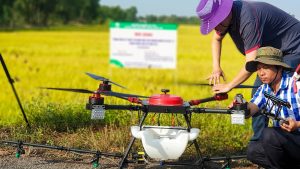
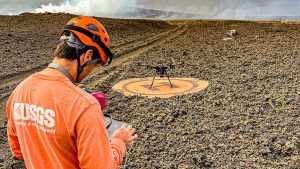
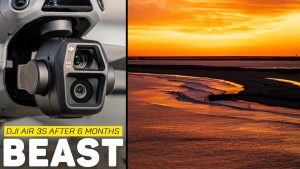


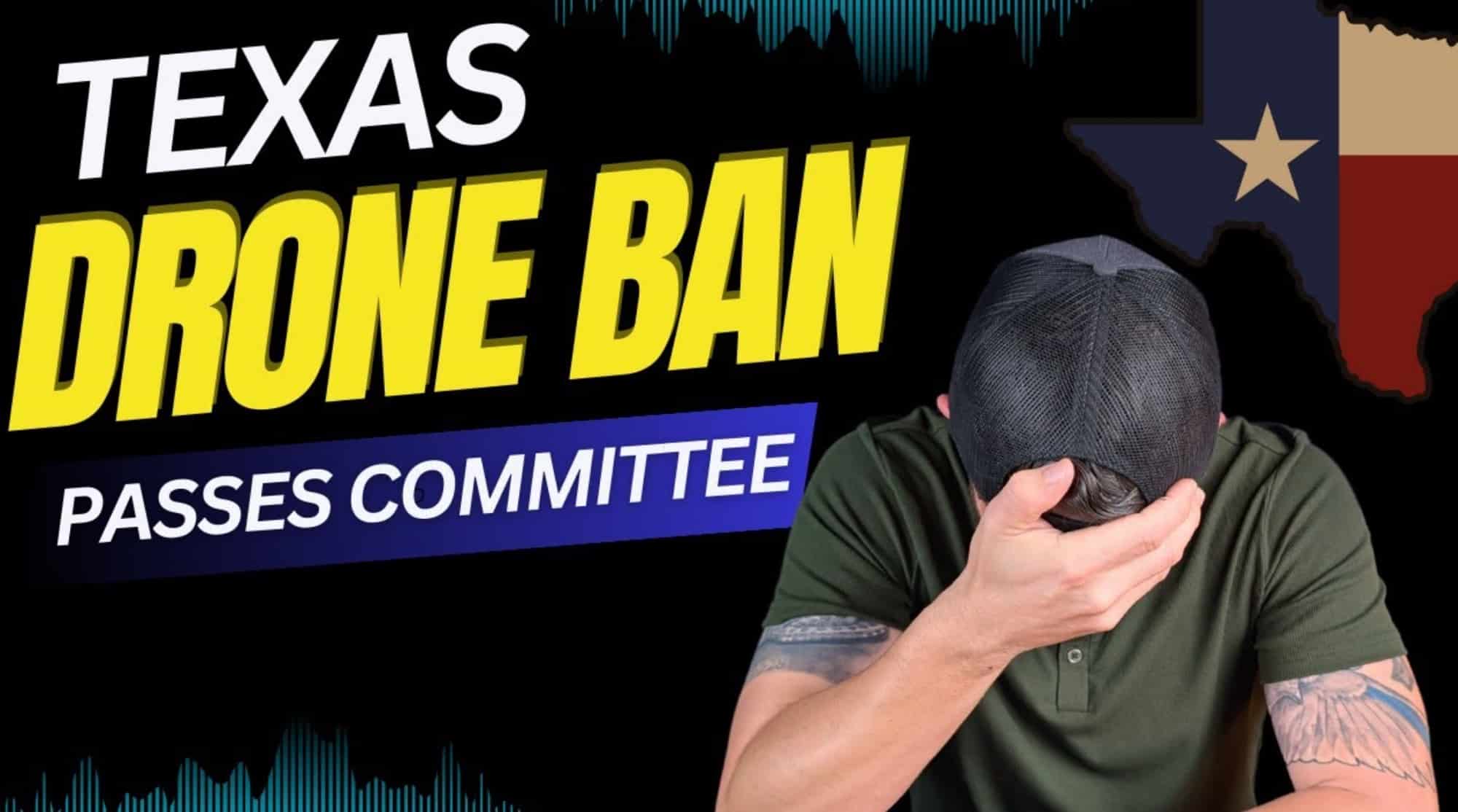



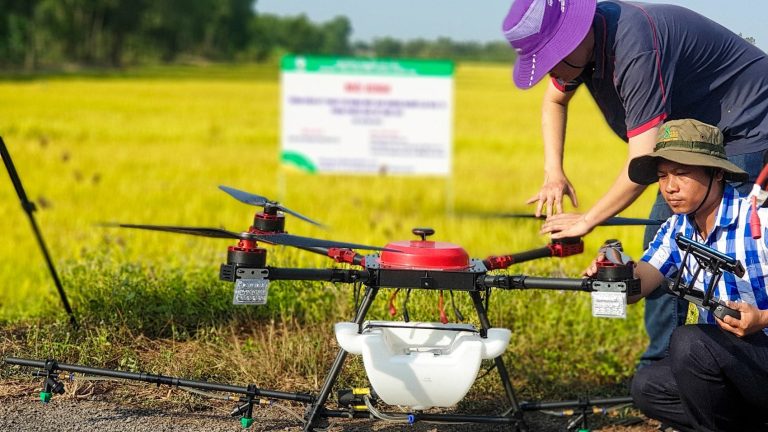



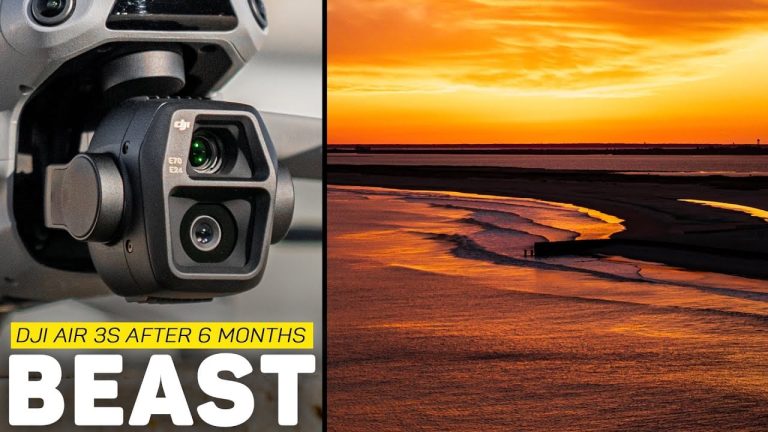

+ There are no comments
Add yours